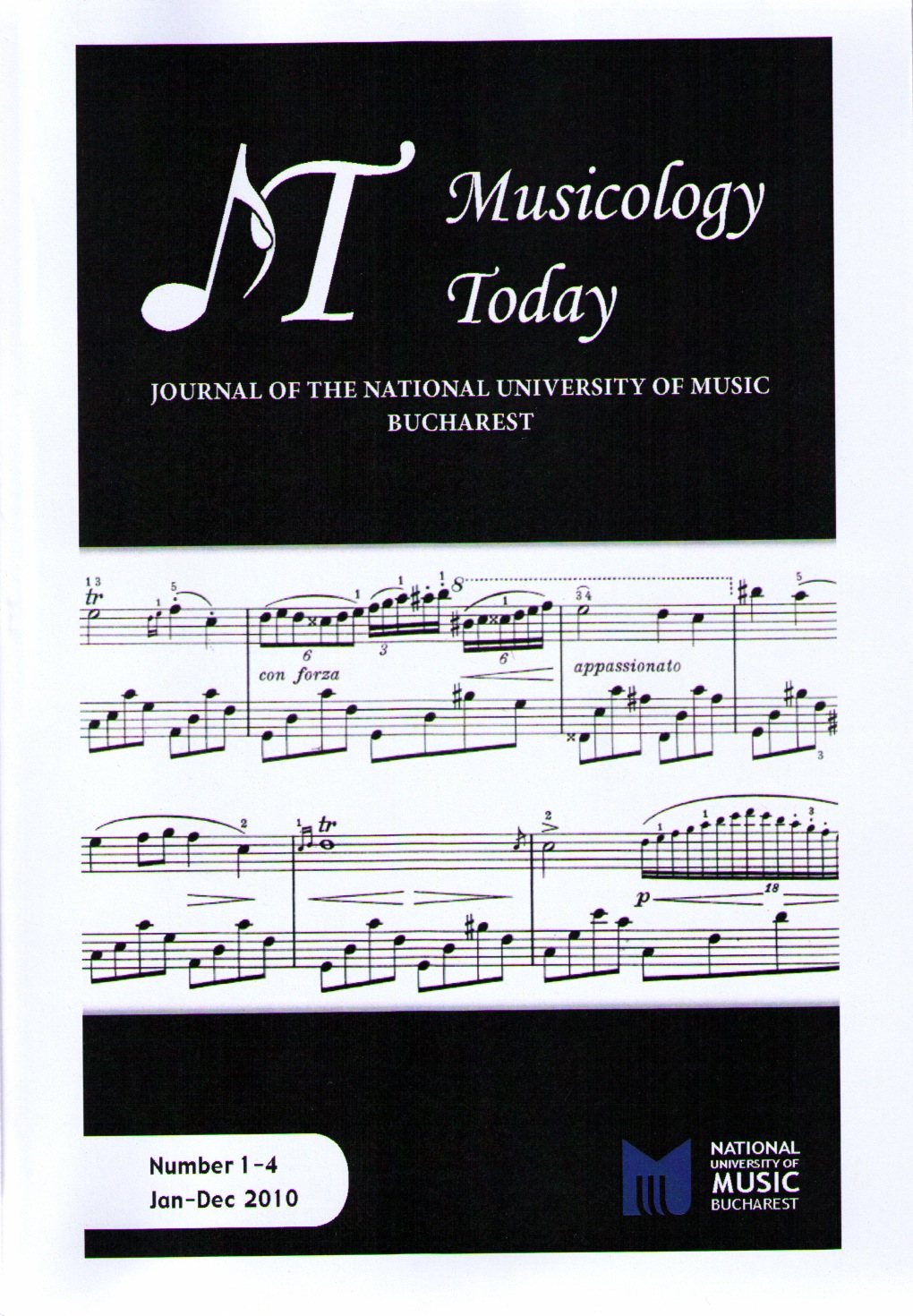„A climax of horrid sublimity“ – Kriegerische Töne in Joseph Haydns Musik
„A climax of horrid sublimity“ – Military Sounds in Haydn’s Music
Author(s): Klaus AringerSubject(s): Music
Published by: Editura Universității Naționale de Muzică din București
Keywords: Military Sounds; Haydn’s Music;
Summary/Abstract: Haydn lived in a time of omnipresent and continuous military conflict. The composer personally felt the effects of war especially in his last years and weeks of his life. Combing through Haydn’s thematic catalogue for works with connections in their titles to war or the military one finds few authentic pieces and several compositions attributed to him. Among the authentic works are two masses, which Haydn subtitled “in tempore belli” Hob. XXII:9 (1796) and “in angustiis” Hob. XXII:11 (1798), as well as a symphony with the appellation “Military” Hob. I:100 (1793/94), a name which refers to the second movement. Both of the Masses stand out characteristically against the background of the traditional solemn late 18th-century settings by an expressly thematic treatment of the trumpets’ military references. In the “military movement” of the symphony except for the janissary music and the trumpet signal, which announces the great, terrifying orchestral outburst, Haydn avoids all naturalistic tone painting typical for the times. Beyond mere tone-painting, his composition moves into the point of focus that which 18th-century musicians considered to be the central category of affection, and at the same time provides a remarkable contribution to the contemporary aesthetic discussion on the dialectics of the Sublime and the Terrible. In his late works, Haydn’s thematic treatment of war spreading menace, fear and terror is not so much through the use of unusual sounds or tone- painting, but rather through the drastic use of warlike implements in sound. The topic and the works examined cast a significant light on the aspect of instrumentation in Haydn’s late orchestra works. They prove too that Haydn was quite receptive to the events that shaked his times, unlike allegations to the contrary. The contemporary martial references in his music were highly topical and were perceived by audiences as an artistic reaction relevant and related to the times.
Journal: Musicology Today: Journal of the National University of Music Bucharest
- Issue Year: 1/2010
- Issue No: 1
- Page Range: 9-22
- Page Count: 14
- Language: German

